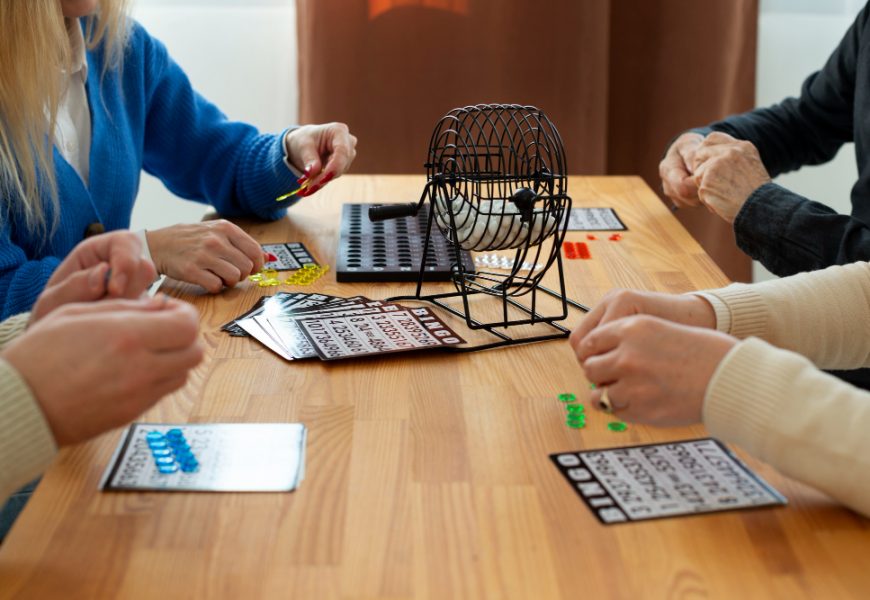In the age of hyperconnectivity, where social interaction often unfolds through filtered images, text threads, and flickering screens, the simple act of sitting across from someone at a table has become revolutionary. Board games—once regarded as nostalgic relics of childhood or holiday gatherings—are now thriving in cafés, living rooms, and dedicated hobby spaces around the world. Their ascent is not merely about gaming itself, but about what they represent: a tangible antidote to digital fatigue.
The resurgence of board games signals an instinctive human yearning to reconnect. As our lives have grown increasingly mediated by technology, many people have discovered that online interactions, while convenient, often leave a hollow aftertaste. Video calls can’t fully replicate laughter shared in real time, nor can an emoji convey the same emotional nuance as a knowing smile across a table. Board games fill this void by creating microcosms of genuine engagement—spaces where strangers become teammates, friends, or rivals, bound by the shared rhythms of rolling dice, bartering for resources, or bluffing over hidden cards.
This tactile, face-to-face experience encourages players to be fully present. There are no push notifications demanding attention, no algorithm guiding the next move—just people, rules, and choices. These moments can reveal more than just strategic skill; they often uncover patience, empathy, and creativity. A cooperative game like Pandemic, for example, might turn a group of acquaintances into a problem-solving team united against a common challenge. Meanwhile, classics like Catan or Ticket to Ride invite friendly rivalry that sparks laughter and conversation.
Psychologically, tabletop play has become a quiet form of resistance against digital overwhelm. It reminds people that social connection does not require Wi-Fi or polished avatars. Instead, it thrives on eye contact, on the tangible texture of cards and tokens, on physical gestures of victory or defeat. In many ways, board games are not just forms of entertainment—they are intentional acts of slowing down, of reclaiming shared time and undivided attention in a world that constantly demands the opposite.
Many younger generations, including millennials and Gen Z, are leading this shift. Despite being the most digitally immersed demographics, they crave authenticity and real-world experiences. The popularity of board game cafés, local gaming nights, and conventions illustrates this shift toward collective leisure. The draw lies not only in the variety of games available but in the community built around them—a space where conversation flows as easily as competition, and where human connection triumphs over digital distraction.
Ultimately, the board game boom reveals something profound about us: even in a world optimized for speed and efficiency, we still long for unmediated, shared joy. The resurgence of these analog experiences underscores an essential truth—true connection, creativity, and laughter are best experienced offline, together, around a table.
The modern wave of board games is far removed from the simple roll-and-move mechanics that once defined the genre. Today’s tabletop titles embrace storytelling, strategy, and collaboration on an unprecedented scale. This evolution mirrors broader cultural trends—our collective hunger for meaningful interaction, flexible creativity, and shared narratives that bring people together in ways digital media often cannot.
Designers have pushed boundaries by blending artistic vision with intricate mechanics. Games like Gloomhaven, Wingspan, or Azul show how environmental themes, strategic depth, and aesthetic beauty can coexist harmoniously. Rather than relying on high-tech immersion, these games craft emotional engagement through design—inviting players to inhabit roles, tell stories, and make choices that resonate beyond the table. The results are experiences that feel both contemporary and timeless.
One major driver of this renaissance is the democratization of game creation through crowdfunding platforms. Independent designers can now share their ideas directly with audiences, bypassing traditional gatekeepers. This has led to an explosion of creativity and representation, with games reflecting a wider array of voices, cultures, and subjects—from historical epics to personal narratives. Community-driven feedback loops ensure that games continue to evolve alongside player interests, making the industry more inclusive and responsive than ever.
Equally important is the rise of global gaming communities. Despite their analog nature, modern board games thrive on digital connection—not to play the games themselves, but to share strategies, discuss mechanics, and celebrate creativity. Online forums, social media groups, and streaming platforms have become meeting grounds for enthusiasts who then carry their enthusiasm back into physical gatherings. In this way, digital tools amplify rather than replace the social nature of the hobby.
Board game conventions and cafes have also become cultural landmarks. They serve as spaces where people of every age and background can gather, explore, and play without pretense. The medium’s diversity—ranging from lighthearted party games to complex strategic simulations—ensures accessibility while maintaining intellectual appeal. There is something for everyone: families bonding over cooperative adventures, friends testing wits in competition, or design aficionados dissecting rule systems with near-academic rigor.
In essence, modern board games embody a fascinating paradox: they borrow lessons from the digital world—complexity, world-building, and community engagement—but translate them into physical, human-centered interaction. They remind us that meaningful innovation doesn’t have to exist behind a screen. Instead, it can thrive in the laughter and strategy shared across a table, in the collective breath before a decisive roll of the dice, in the trust and tension of making choices together.
The ongoing popularity of board games, therefore, reveals more than just a cultural trend. It encapsulates a deep social and psychological movement toward connection, creativity, and mindfulness. In redefining what play can mean, board games challenge the assumption that technology alone defines progress. They show that some of the most fulfilling innovations are those that bring us back—to each other, to storytelling, and to the timeless joy of human play in its most authentic form.








